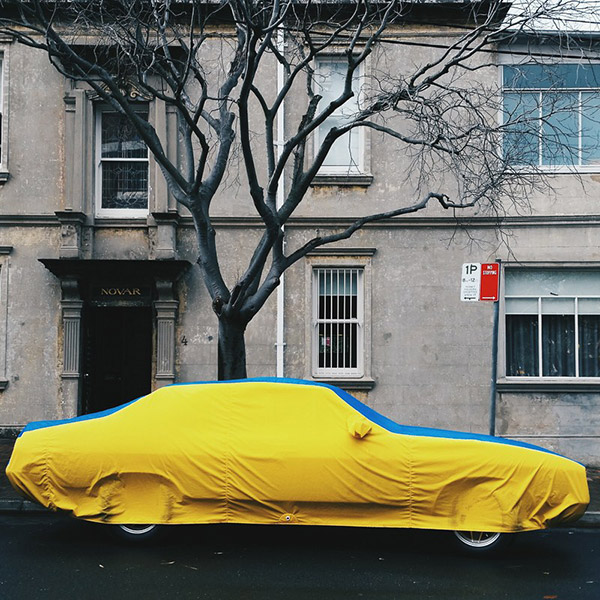You’ve got a camera right in your pocket, take advantage with this smartphone photography guide
posted Tuesday, October 4, 2016 at 1:36 PM EST

While it's true that if you're reading this site, you very likely have a dedicated camera, it's even more likely that you own a smartphone. Although rarely as capable as dedicated cameras, a smartphone is almost always on your person and it can take nice images. Perhaps you just got your hands on a new iPhone 7 or 7 Plus, or you just want to learn how to take better photographs with your mobile device. In any case, Eric Kim's excellent (and extensive) guide to iPhone/smartphone photography is a perfect resource for beginners.
Despite having a variety of both digital and film standalone cameras, Eric Kim thinks "the smartphone is the ideal camera for photography." Why? You always have it with you. You don't need to be an expert to get good images with your smartphone. And you can easily share your images from it. These advantages tie in nicely with what Eric sees as the three keys to becoming a great photographer: Taking lots of photos, getting feedback on your work and repeating the first two steps. We have all said something like, "Oh, yes, that would be a great photo but I don't have my camera with me. Oh well." If you have a smartphone - and you probably do - then you don't really have an excuse for not snapping a shot.
What about image quality? I shoot with a D800E and a variety of high-end (and heavy!) glass to try and get the best out of my full-frame camera. Obviously resolution and dynamic range are important to me. But Kim hits the nail on the head when he says that a lot of photographers - myself included - are "overly-obsessed with 'image quality' in terms of sharpness, resolution and being able to create 'bokeh.'"
I'm not sure I agree with bokeh not being very important, at least in certain types of photography, although more on that later. The point is well-taken, though: Great photos aren't comprised of great technical qualities, but rather they rely on composition, light and emotion. Eric says, "A sharp photo isn't a good photo." That's true. What iPhones and other smartphones lack, except perhaps in cases where you use specialized lens accessories, is the flexibility of dedicated cameras. You don't always need flexibility, and you certainly don't need it in order to make good photos of a wide array of subjects.

Even with the numerous shortcomings of a smartphone as a camera, there's no such thing as the perfect camera for all situations and it remains an indisputable fact that as far as accessibility and convenience, it's next to impossible for a camera to top that device you carry in your pocket. So what are some things you can do to bring out the best your smartphone has to offer as a photographic tool? You can install some apps, such as VSCO and Snapseed.
However, more important than any applications is you, the person holding the phone. Composition is universal, it doesn't matter what camera gear you're using or how big and expensive or small and affordable it is. Kim's advice is "to make the simplest photograph possible." Don't focus on just the subject, consider your background too. The simpler the background, the better the final image in most cases. Don't ignore the edges of the frame. You've got a big screen to use to compose your image, make sure to keep an eye on all of it and not just your subject.

Like composition, light matters immensely no matter what your camera is. Bad light makes for bad photographs, even if you've thrown down tens of thousands of dollars on top-of-the-line equipment. You have to find the good light. What is good light depends on what you want the final image to look like, but generally the softer the light, the better. Harsh light can sometimes work well, but that's the exception rather than the rule.
Eric Kim has many more tips for smartphone photography and for photography in general, including how to use artificial light when shooting with your smartphone, and five tips he wished he had known before starting photography, so be sure to check out his "Ultimate Beginner's Guide to iPhone/Smartphone Photography." Don't forget to scroll all the way to the bottom for a list of seven links for more of Eric's articles on using smartphones for photography and street photography.

For more of his work, visit his website. Further, his blog is an excellent and frequently-updated resource for photographers and street photographers alike.
On a related note, look forward to my field test on the iPhone 7 Plus later this fall, in which I will try out the new special "portrait" mode that is exclusive to the dual-lens iPhone 7 Plus. Maybe you won't need a dedicated camera for decent bokeh after all.
(Seen via Eric Kim Photography)